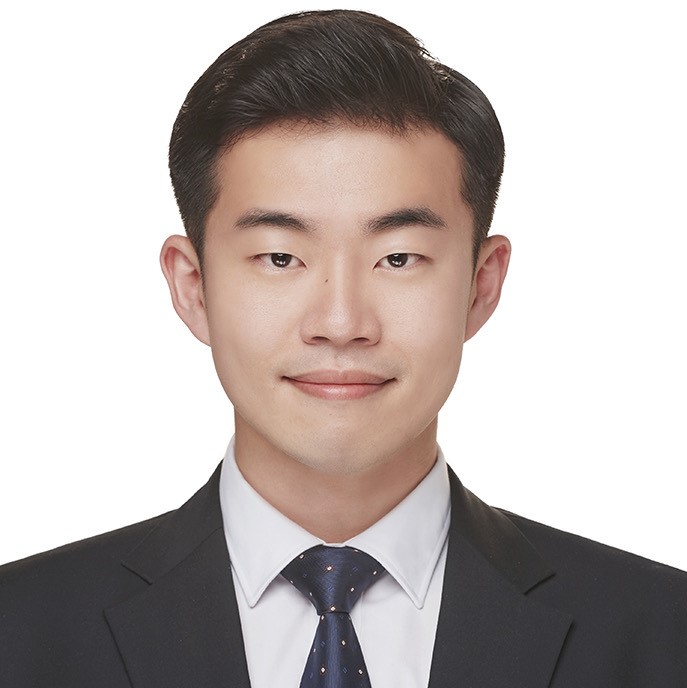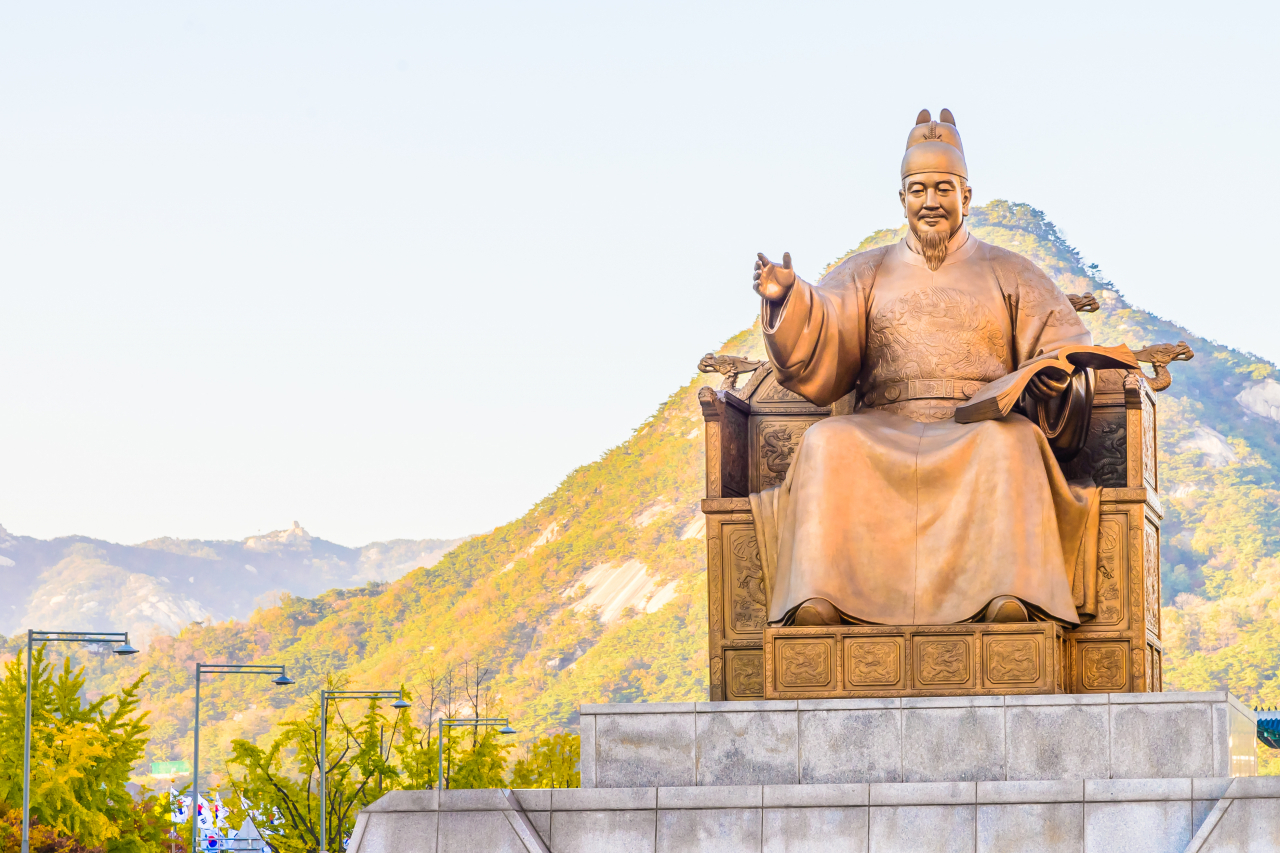
With its 600 years of history as Korea’s capital, the center of Seoul embraces the essence of Korean culture.
Especially near Gyeongbokgung, the main palace of the Joseon dynasty (1391-1910), neighborhoods have been making efforts to show their identity as the historic center of Korea.
One of the efforts has been increasing the number of signboards in Hangeul.
As most major brands in South Korea write their names in English, visitors to Seoul's boulevards might find more Romanized signs than Hangeul ones.
But, stores and restaurants in Insa-dong and Seochon display many signboards written in Hangeul, even international brands. Take a look at these neighborhoods.

Insa-dong
Insa-dong, a neighborhood southeast of the palace, was home to some skilled professionals such as medical doctors, painters, astronomers, lawyers and foreign language translators in Joseon.
Antique art shops, which began to take root in the neighborhood in 1930, formed a market to turn the Insa-dong into a district with traditional culture at its heart.
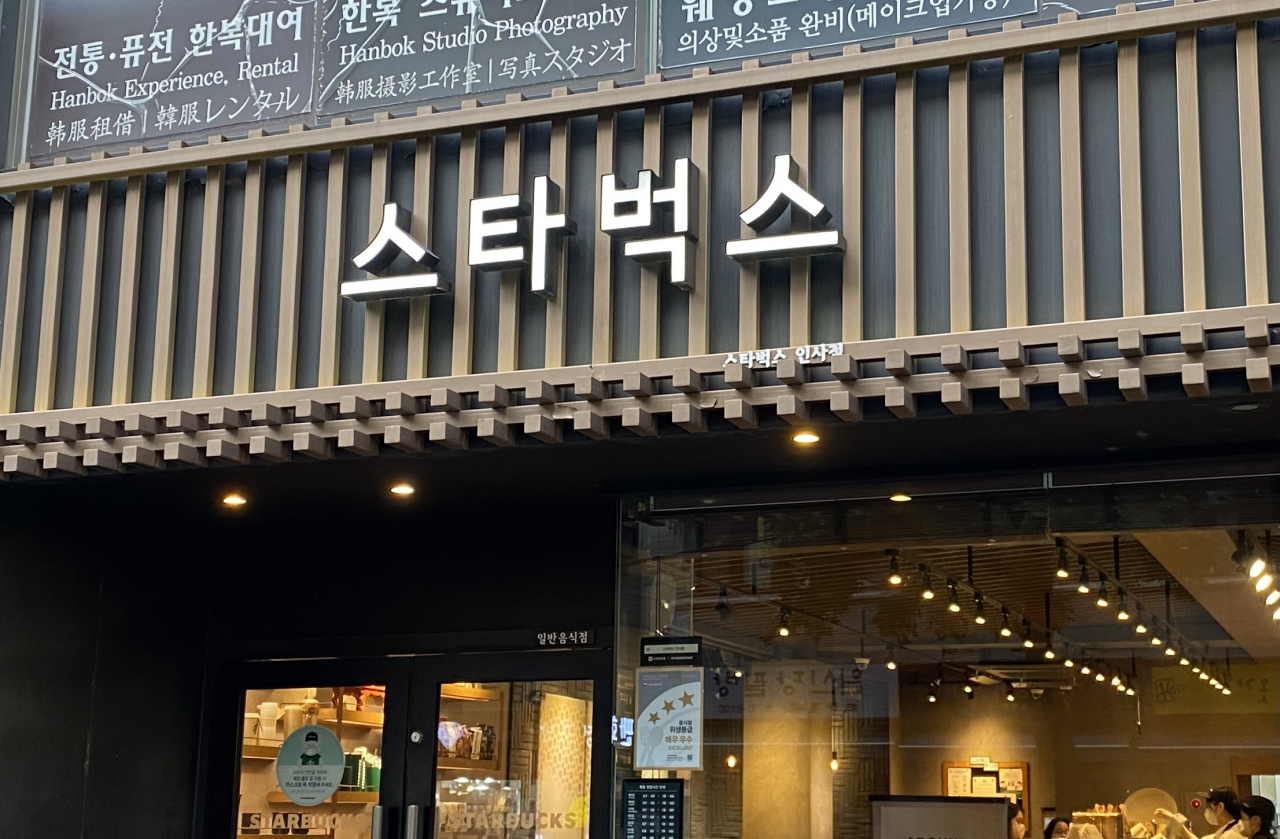
Starbucks’ attempt to open a shop in the neighborhood, full of traditional tea shops and antique shops, flamed strong resistance from the local shop owners at the beginning of the 2000s.
In consideration of their concerns, the US-based coffee franchise allowed a Korean-language signboard, the first-ever Starbucks store with a signboard in local language, to blend in with other stores on the street.
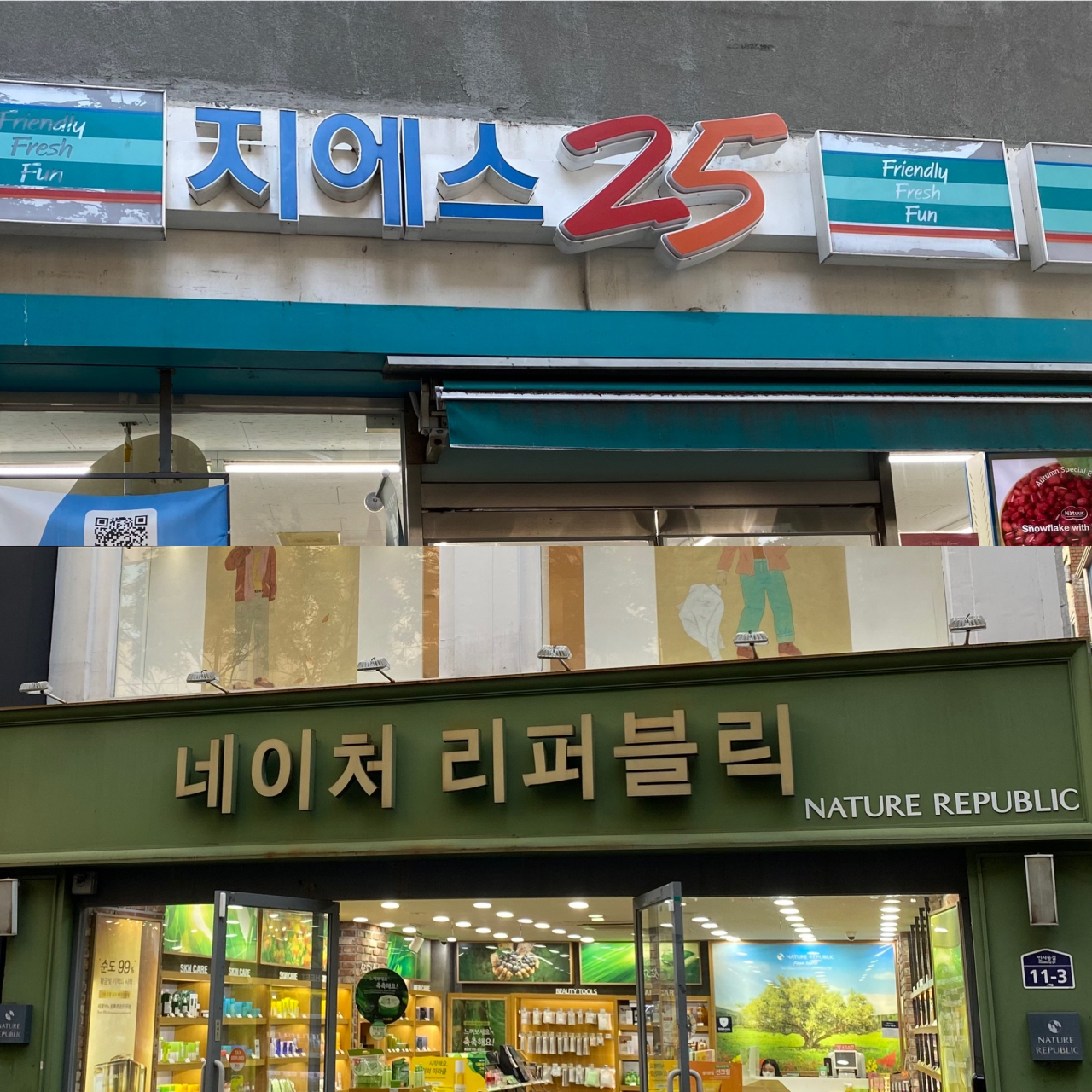
Besides Starbucks, there are other franchises that use English signs at other branches using Korean letters exclusively for Insa-dong.
The decrease in shoppers during the COVID-19 outbreak drove some of them out of business, but several are still seen along the main street of Insa-dong.
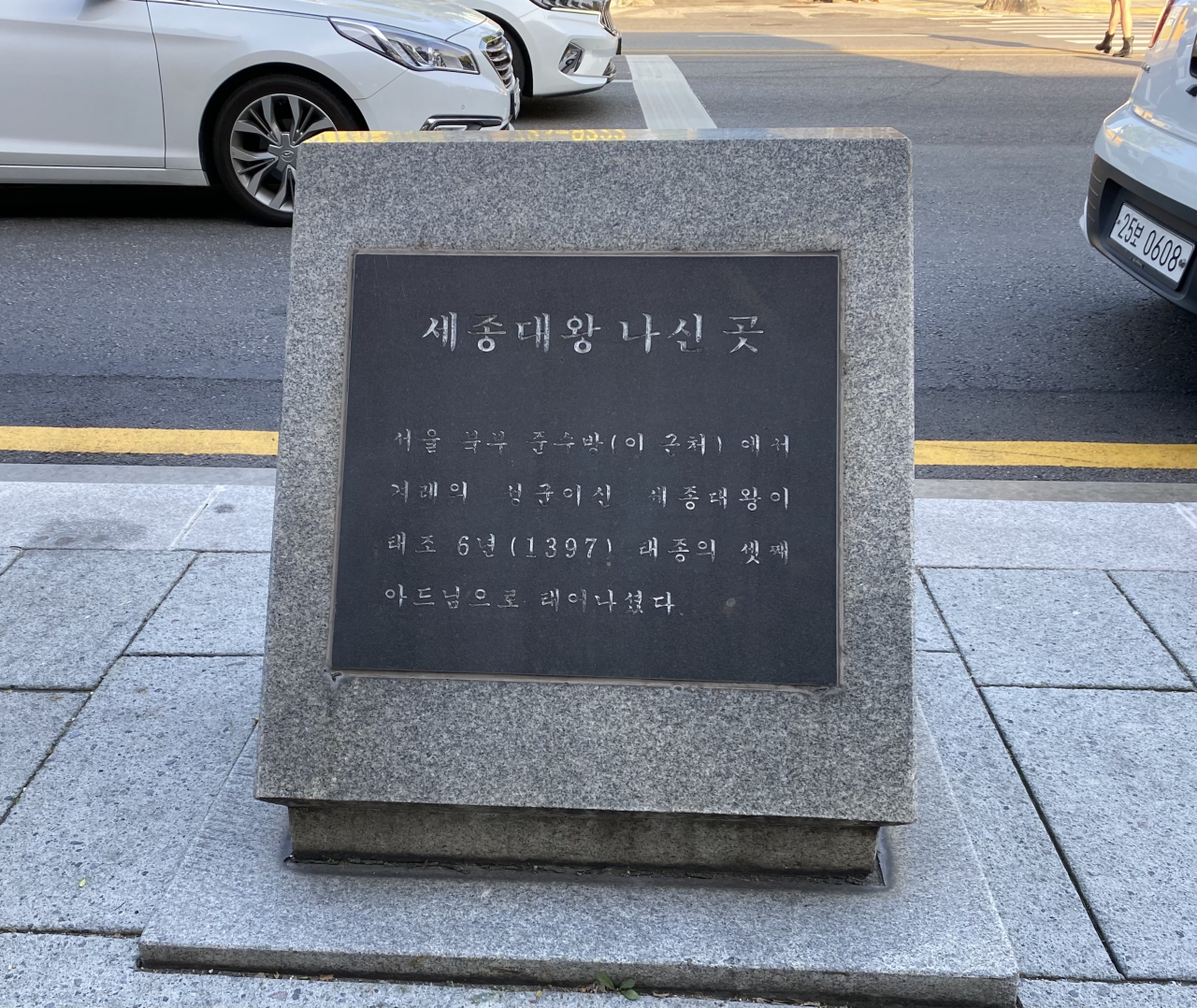
Seochon
Royal and noble families lived in Seochon, a neighborhood alongside the west wall of Gyeongbokgung, during the Joseon era.
King Sejong, who oversaw the creation of the earlier form of Hangeul, was born in the neighborhood in 1397. Honoring his work to save people from illiteracy, Seoul’s Jongno District Office designated the main street penetrating the neighborhood as Hangeul-gil.
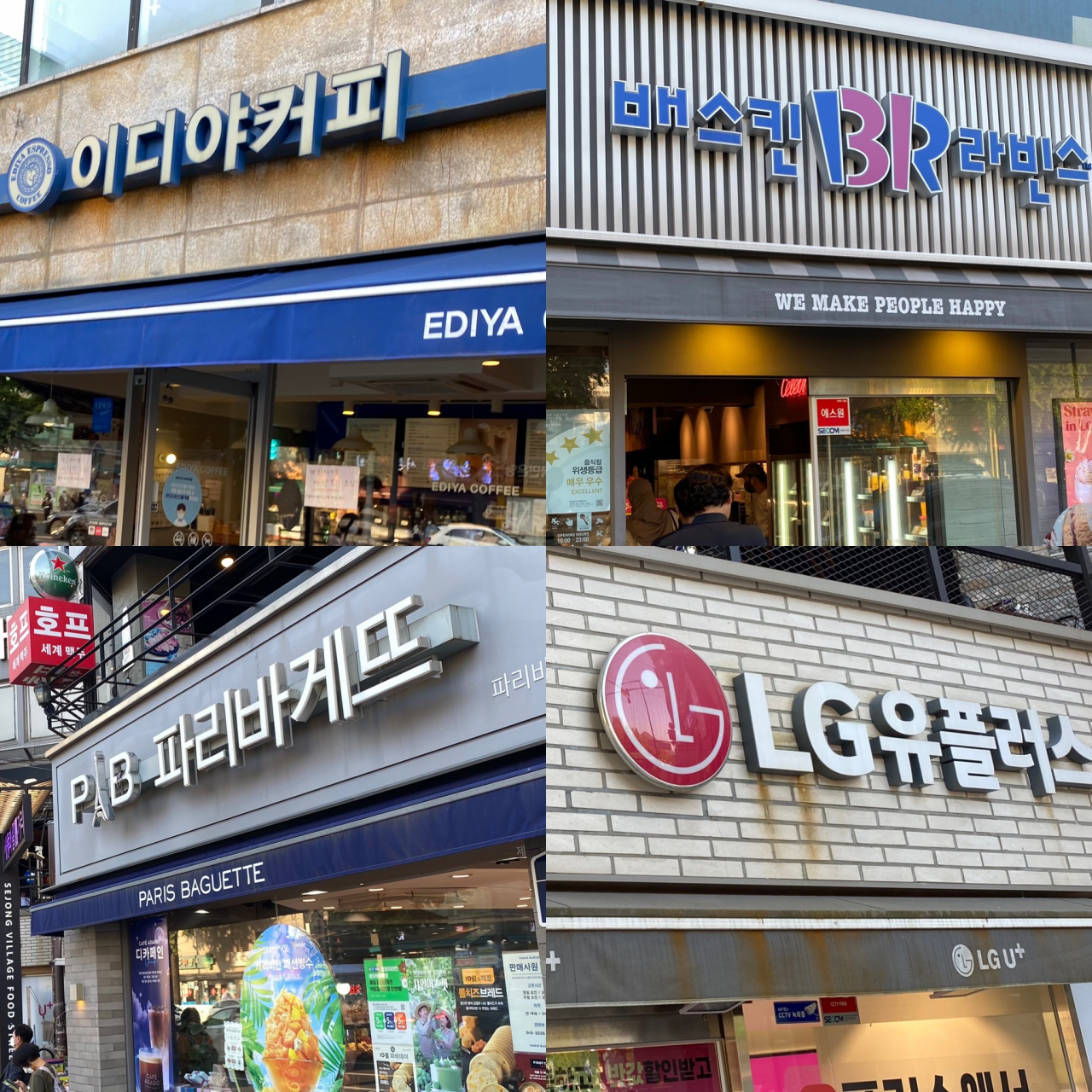
The local government also encouraged shop owners to add Hangeul names or emphasize the Korean writing system more than before in their signboards, providing subsidies since 2008.
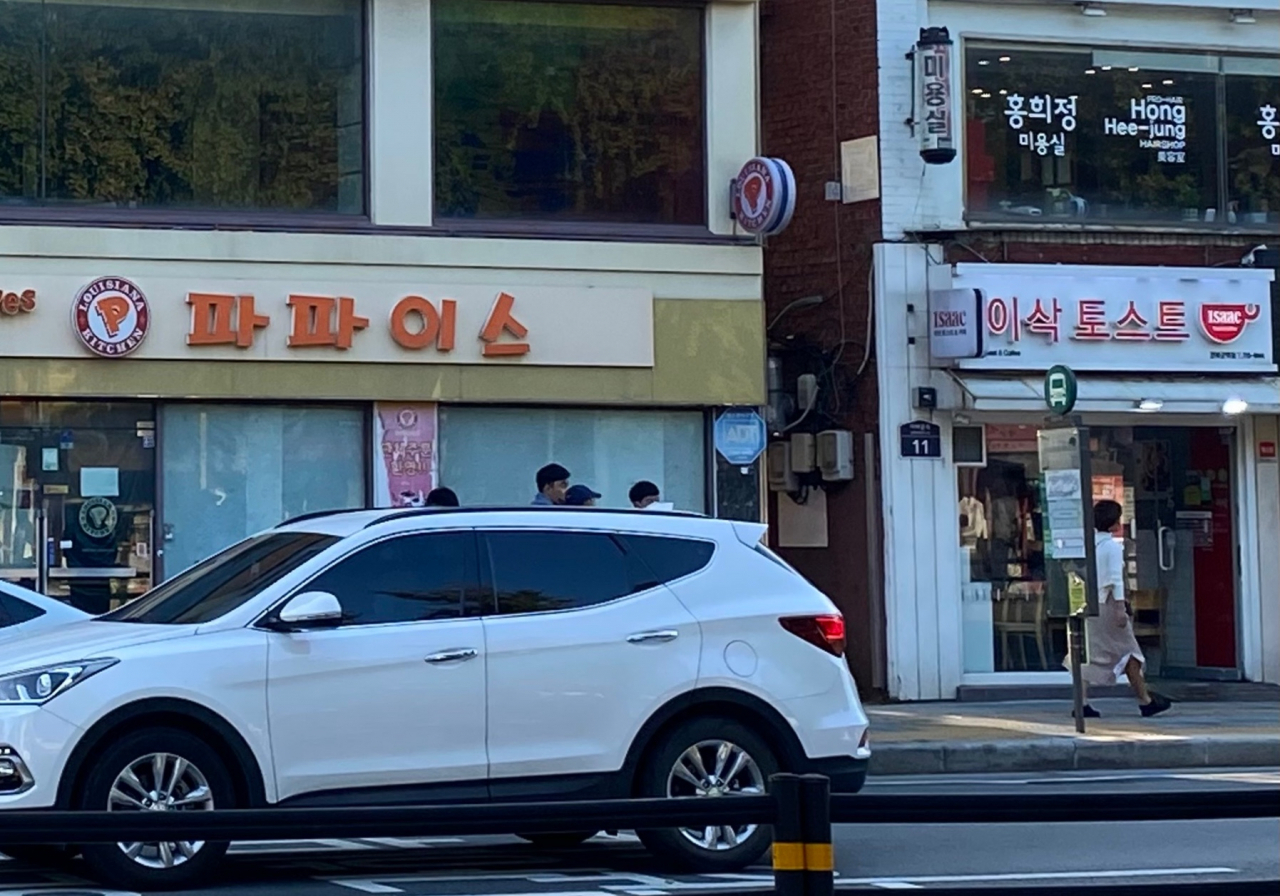



![[Exclusive] Korean military set to ban iPhones over 'security' concerns](http://res.heraldm.com/phpwas/restmb_idxmake.php?idx=644&simg=/content/image/2024/04/23/20240423050599_0.jpg&u=20240423183955)




![[Pressure points] Leggings in public: Fashion statement or social faux pas?](http://res.heraldm.com/phpwas/restmb_idxmake.php?idx=644&simg=/content/image/2024/04/23/20240423050669_0.jpg&u=)

![[Herald Interview] 'Amid aging population, Korea to invite more young professionals from overseas'](http://res.heraldm.com/phpwas/restmb_idxmake.php?idx=644&simg=/content/image/2024/04/24/20240424050844_0.jpg&u=20240424200058)



